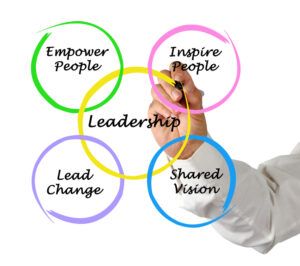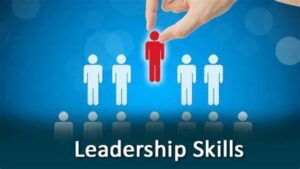
by Mark Mortensen, INSEAD, and Heidi K. Gardner, Harvard Law School
At WD-40 Company, there are no teams. Instead, there are tribes. Tribe members look out for one another, feel a sense of belonging and share the company’s values and vision. Compassion is at the heart of the work culture at the consumer products manufacturer, which strives to create a community of highly engaged employees who deliver their best every day.
Chairman and former CEO Garry Ridge believes that when workers are cared for, they yield remarkable results. Caring does not mean coddling, he stresses, and this compassionate approach delivers business outcomes, produces quality products and benefits shareholders.
When Ridge took over as CEO in 1997, employee engagement was around 50 percent, market capitalisation was US$250 million, and WD-40 Company was primarily a domestic US business. By 2020, Ridge noted in a post on LinkedIn, it had transformed into a global enterprise with a market capitalisation of over US$2.5 billion and an employee engagement score of 93 percent.
WD-40’s success story shows that compassion is not antithetical to business outcomes. Indeed, the belief that leaders and companies can be either compassionate or high-performing, but not both, is a false dichotomy.
Cared-for workers fuel sustainable profitability
There is a growing demand for more compassionate leadership, and not just because the Covid-19 pandemic has exacerbated the stresses of living and working in the modern world. People now look for jobs that will give them a sense of purpose and belonging, and expect to be treated with consideration and respect at work. They want leaders who listen and care about them, and who see them as humans and not just as workhorses. Continue reading







